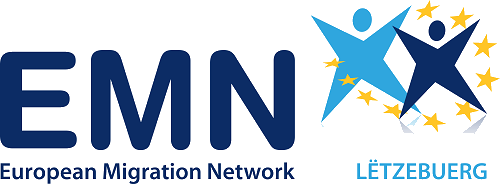This inform focuses on the labour market integration of beneficiaries of temporary protection from Ukraine across EMN Member and Observer countries. This inform offers an analysis of employment trends, policy priorities, and measures aimed at facilitating the integration of displaced individuals from Ukraine into host countries’ labour markets.
The massive inflow of people fleeing Russia’s war of aggression against Ukraine triggered significant migration to the EU. Eurostat data indicates that by November 2023, over 4.27 million non-EU citizens who fled Ukraine due to the 2022 Russian invasion were under temporary protection in the EU – with Germany, Poland, and the Czech Republic hosting approximately 60% of these individuals. Individuals from Ukraine constituted the majority of beneficiaries of temporary protection, with adult women forming a significant portion. Various EU initiatives were implemented to provide protection and aid integration, including the Temporary Protection Directive (TPD) and the EU Skills Profile Tool. While measures such as simplified entry requirements and skills validation were introduced, challenges remain, including skill and job mismatches. Moreover, comparable EU-wide data on labour market integration is limited. This inform emphasises understanding the demographic and socio-economic characteristics of displaced persons, analysing existing data on labour market integration, and mapping policies and measures across EMN Member and Observer Countries to facilitate integration.
Measures aiming to facilitate the transition of beneficiaries from social welfare to financial independence (‘bridging measures’) are highlighted, with attention also given to measures supporting beneficiaries who are not able to cover their basic needs with their income.
French translation of the Inform was kindly provided by EMN France.

